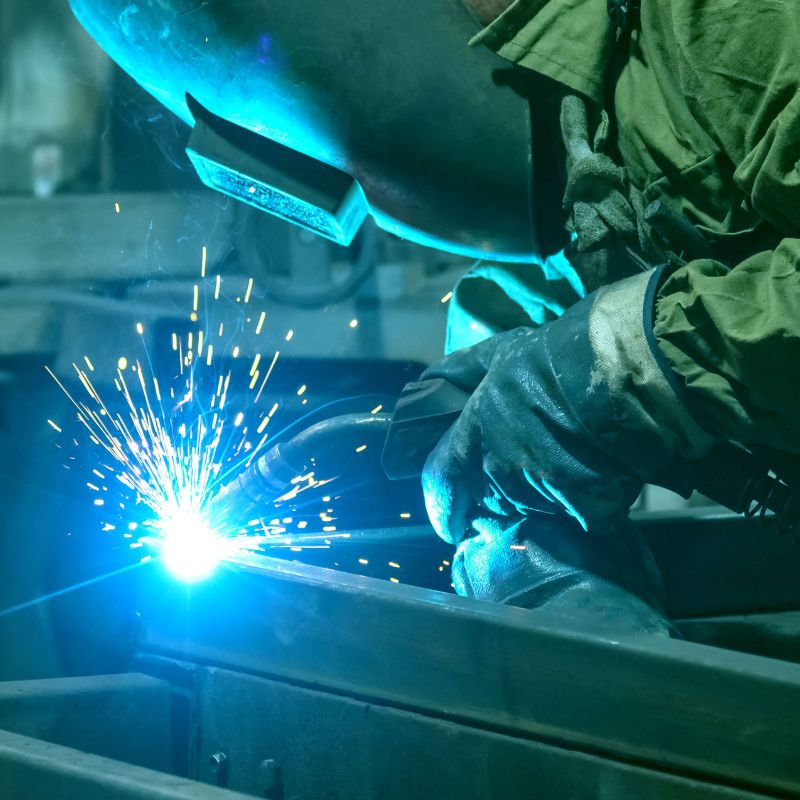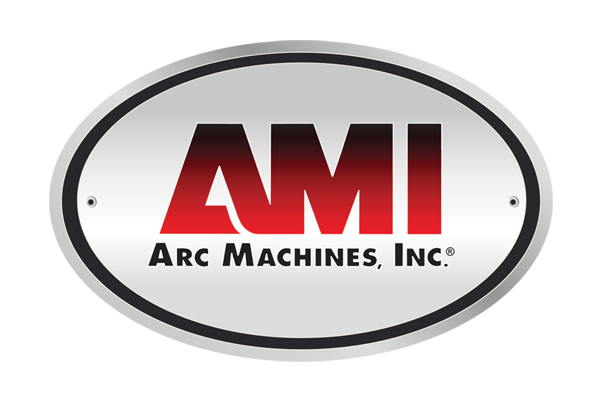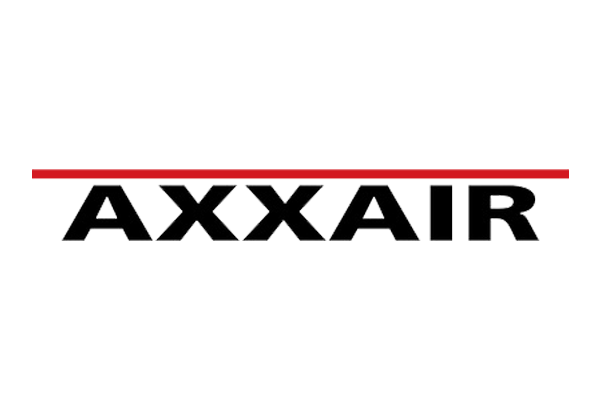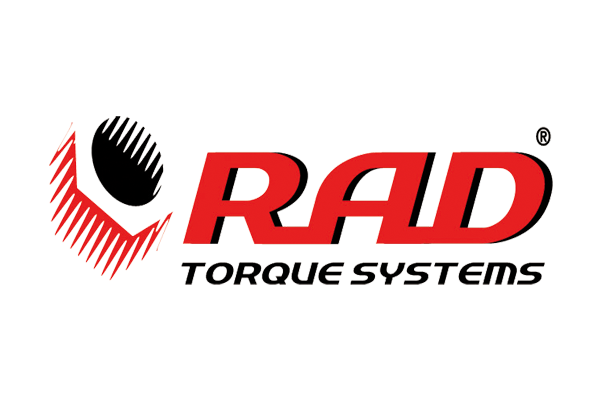7 Ways To Use Data To Increase Arc-On Time
In the dynamic manufacturing world, optimizing arc-on time is pivotal for enhancing productivity, reducing costs, and improving overall efficiency on the shop floor. Integrating data analytics into the welding process opens new avenues for manufacturers to analyze, understand, and improve their operations.
Let’s look at seven ways to use data to increase arc-on time and boost welding efficiency.
Real-Time Monitoring of Welding Operations
Implementing real-time monitoring systems for welding operations is a quintessential strategy to significantly enhance arc-on time. By employing sensors and advanced analytics tools, manufacturers can track the performance of welding activities as they happen. This technology identifies inefficiencies and bottlenecks in the welding process and provides actionable insights that enable operators to make immediate adjustments.
For instance, if a welding station is consistently underperforming, real-time data can pinpoint the root cause, whether equipment malfunctions, improper welding techniques, or suboptimal operational settings. Promptly addressing these issues leads to reduced downtime, optimized workflow, and a substantial increase in arc-on time, ultimately fostering a more productive and cost-efficient manufacturing environment.
Predictive Maintenance of Welding Equipment
Predictive maintenance stands out as a revolutionary approach in the realm of welding. It leverages data analytics to foresee and prevent equipment failures before they occur. This methodology utilizes data from sensors embedded within welding machines to monitor their condition and performance in real time. Predictive maintenance allows for proactive equipment care and provides a chance for professionals to analyze patterns and identify anomalies that could signal impending malfunctions. This step minimizes unexpected downtime and extends the welding machinery’s lifespan.
Additionally, predictive maintenance ensures that equipment always operates optimally, significantly increasing arc-on time. This proactive strategy enhances overall productivity and reduces maintenance costs, making it an invaluable asset in the manufacturing sector.
Optimization of Welding Parameters
Optimizing welding parameters is crucial for enhancing arc-on time and overall welding efficiency. By carefully adjusting variables such as amperage, voltage, and wire feed speed, welders can achieve optimal welding conditions that improve the welds’ quality and significantly reduce the need for rework. Data analytics plays a pivotal role in this process by allowing manufacturers to analyze large sets of welding data to identify the most efficient parameters for different welding tasks.
This approach ensures welding occurs under the best possible conditions, minimizing downtime and maximizing throughput. The strategic optimization of welding parameters, informed by data analytics, leads to a more streamlined and efficient welding process, contributing to higher productivity and lower operational costs.
Training and Skill Development
The welding personnel’s skill and expertise significantly influence the operation’s efficacy in welding. Engaging in continuous training and skill development is thus an essential strategy for leveraging data to enhance arc-on time. By utilizing data analytics to identify skill gaps and areas for improvement, organizations can tailor their training programs to address these specific needs. This data ensures that welders have the most current techniques and knowledge on hand, enabling them to perform their tasks with efficiency and precision.
Furthermore, data-driven training initiatives can help reduce errors and rework, streamline the welding process, and increase arc-on time. Additionally, skilled workers can better adapt to new technologies and methodologies, keeping the organization at the forefront of manufacturing innovations.
Integration of Automated Welding Solutions
Automated welding solutions represent a paradigm shift in manufacturing, offering unparalleled precision, consistency, and efficiency. By integrating robotic welding arms and automated welding systems into the production line, companies can achieve greater control over welding parameters, ensuring uniform quality across all welds. This automation dramatically increases the arc-on time by minimizing manual interventions and errors and ensures a safer working environment by reducing human exposure to hazardous welding fumes and conditions.
The data collected from these automated systems can be analyzed to continually refine and optimize the welding process, leading to even greater efficiencies. Ultimately, the move toward automation, supported by a robust data analytics framework, is a key strategy for manufacturers aiming to enhance productivity and competitiveness in the market.
Streamlining Supply Chain for Welding Materials
Streamlining the supply chain for welding materials is an essential strategy for reducing downtime and increasing arc-on time. Efficient supply chain management ensures that all necessary welding materials, such as gases and filler metals, are readily available when needed, thereby minimizing delays in the welding process. Leveraging data analytics for inventory management can help predict demand fluctuations and optimize stocking levels, ensuring a smooth workflow. For example, data can reveal seasonal spikes in material usage, allowing companies to adjust procurement strategies accordingly.
Building a strong supplier relationship can also lead to more reliable delivery schedules and cost savings. This holistic approach to supply chain management, guided by precise data, significantly enhances a welding operation’s efficiency and productivity.
Implementing Continuous Improvement Practices
Implementing continuous improvement practices is critical in the quest for excellence in welding operations. This methodology involves the cyclic evaluation and enhancement of processes based on data-driven insights. By fostering a culture that encourages constant scrutiny and refinement, manufacturers can uncover inefficiencies and areas for optimization that were previously unnoticed. Organizations can systematically improve their welding processes by utilizing tools such as Six Sigma or lean manufacturing techniques and integrating them with advanced data analytics, significantly boosting arc-on time.
This approach leads to incremental gains in productivity and quality over time and empowers the workforce by involving them directly in the optimization process. Continuous improvement becomes a perpetual engine driving the welding sector toward higher standards of efficiency and excellence.
Harnessing the power of data analytics presents a revolutionary pathway for manufacturers to elevate their welding operations, increase arc-on time, and enhance overall efficiency and productivity in the manufacturing process. Whether through real-time monitoring systems, predictive maintenance, optimizing welding parameters, or integrating automated welding solutions, each strategy offers a unique approach to leveraging data for operational improvement. Encouraging continuous training, streamlining supply chains, and embedding continuous improvement practices further solidify the foundation for achieving excellence in welding operations.
If you’re looking for automated pipe spool welding to improve your arc-on time and overall welding efficiency, SEC Industrial can help. With state-of-the-art automated welding equipment and a highly skilled team, we specialize in delivering high-quality, precise, and efficient welding services. Contact us today to learn more about our capabilities and how we can support your manufacturing needs.










